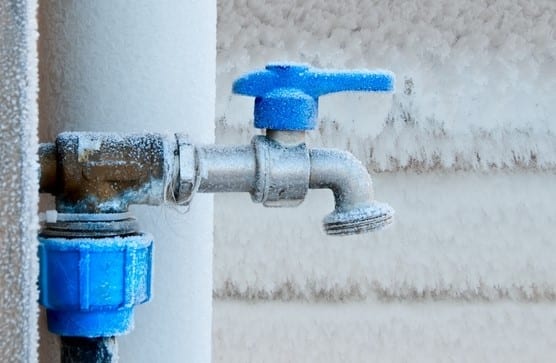As the weather starts to change and the temperature drops, you’ve probably already started preparing for the long winter season.
You know there’s a lot to do around the home this season, but one area you might overlook is your hose bib ‒ or, as many people call it, your outdoor faucet.
During the summer, you might use your hose bib to water the garden, wash your car, or even hook up the sprinkler for your kids. When the warm season comes to a close, you pack away the hose, shut off the valve and move onto something else.
But what about the water that’s still sitting in the pipe?
Even if you purge the line, you could still end up with costly water damage if you don’t have a frost-free hose bib.
Let’s take a look at how a frost-free hose bib can help you avoid a burst pipe this winter! Read on to learn:
- What a hose bib is, and what it does
- How a hose bib is connected to the rest of your plumbing system
- Purpose of a ‘frost-free’ hose bib
- What can happen if your hose bib freezes
- How to prevent your hose bib from freezing this winter
What Is a Regular Hose Bib, and What Is It For?
The hose bib is the small faucet on the exterior of your house. It’s essentially an outdoor tap that allows you to run water from the inside of your house to the outside. You use this tap to attach your garden hose for many different jobs.
A hose bib is also called a:
- Exterior faucet
- Spigot
- Sill cock
- Hose faucet
- Outdoor tap
- Hose valve
- ...and many other things!
A regular hose bib typically features a ½, or ¾ inch threaded pipe that lets you screw on a garden hose, and a handle on the top to open the valve on and off.
Inside your home, there is usually a shut-off valve that lets you stop the flow of water leading from the valve to the end of the pipe.
How Does a Hose-Bib Work with the Rest of Your Plumbing System?
Your hose bib is connected to the entire plumbing system in your home, which is what allows you to get water to the exterior of the house. The pipes lead from the end of the hose bib to the main supply in your home.
As mentioned, many homes, especially in the north, have a separate valve inside the house to help prevent the pipes from freezing. But one issue many homeowners run into is that the valve is still too close to the exterior of the home.
When the valve isn’t far enough away from the hose bib, the water is still sitting dangerously close to the freezing zone.
A frost-free hose bib prevents that issue from occurring.
What Is a Frost-Free Hose Bib?
From the outside of your home, a frost-free hose bib looks the same as a traditional one. The difference between the two happens inside the house.
The pipe on a frost-free hose bib is longer than a regular one, and the shut-off valve is further inside the house where the temperature is warmer.
We always recommend having a licensed, certified plumber install your frost-free hose bib, since they can ensure that it sits at the proper angle to keep water from draining to your home’s foundation.
What Happens If Your Hose Bib Freezes?
If your hose bib freezes, it could lead to cracked pipes and water damage. When the pipes break, the damage could spread beyond the valve, which would cause the main flow of water to spray inside your home. Since these pipes often lie near essential components of the house, such as breakers, electrical wiring, and appliances, we consider this a plumbing emergency.
How to Prevent Your Hose Bib from Freezing in the Winter
The best way to prevent your hose bib from freezing this winter is to install a frost-free hose bib.
We understand how important your home is to you and how much time you spend taking care of it, so the last thing you should have to worry about this winter is water damage!
The team at AtlasCare is happy to help you protect your home this winter. Call us or contact us online to learn more about having a frost-free hose bib installed in your Greater Toronto Area home.







